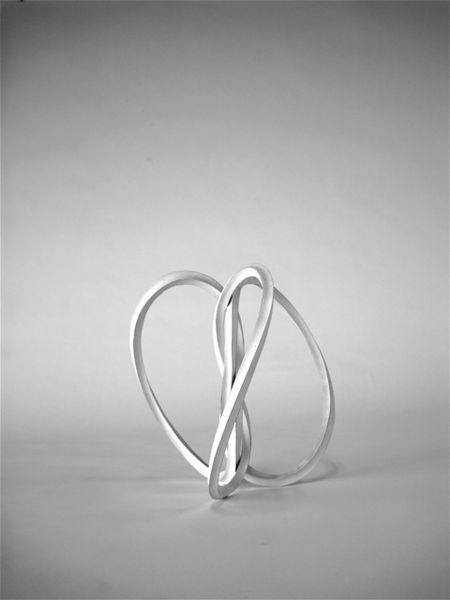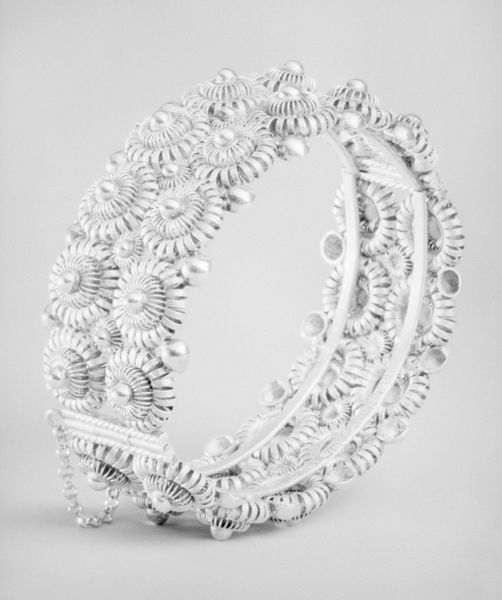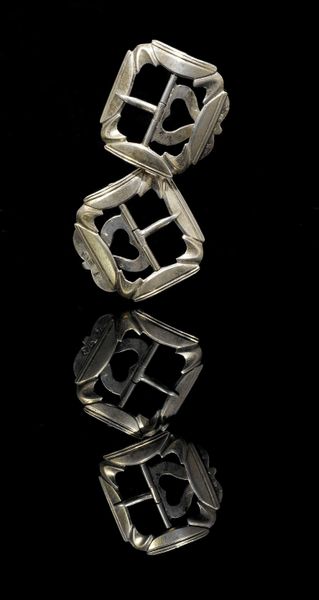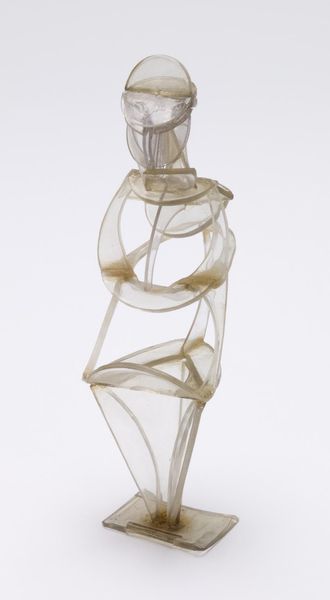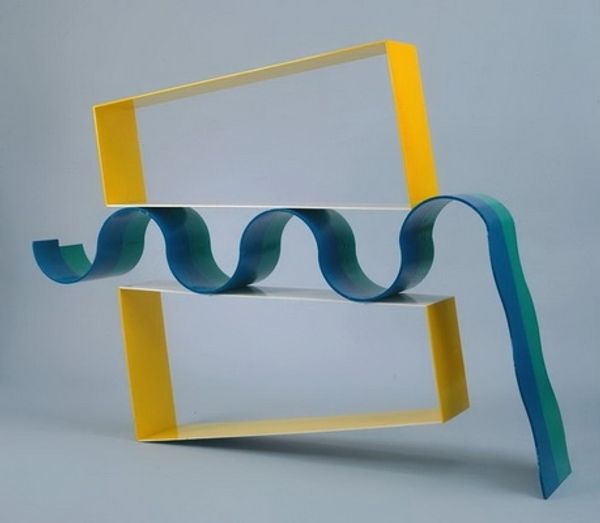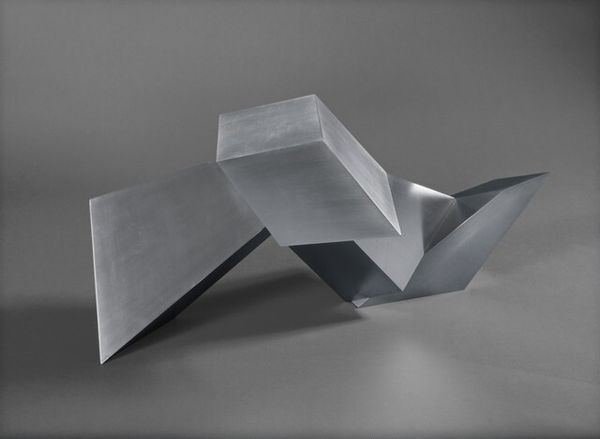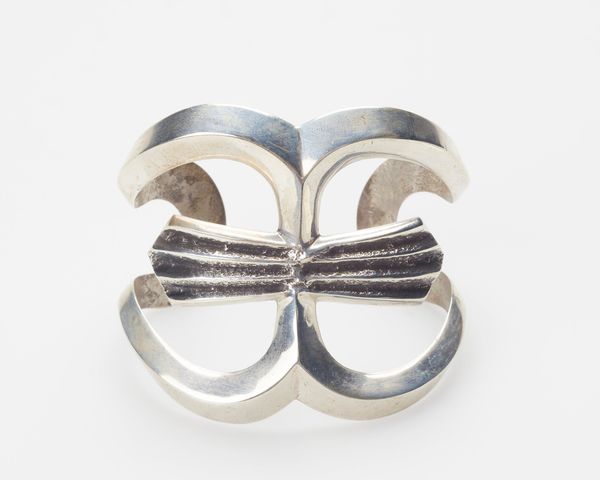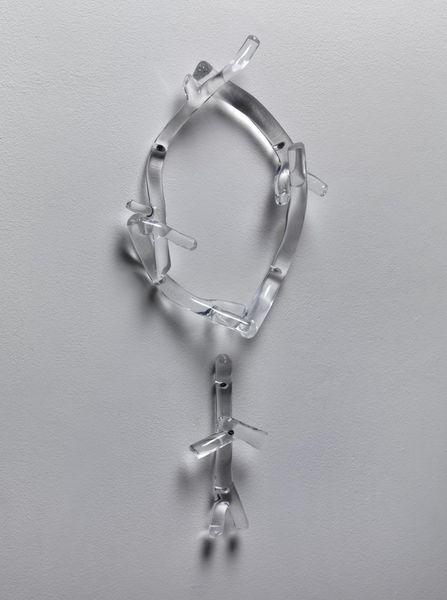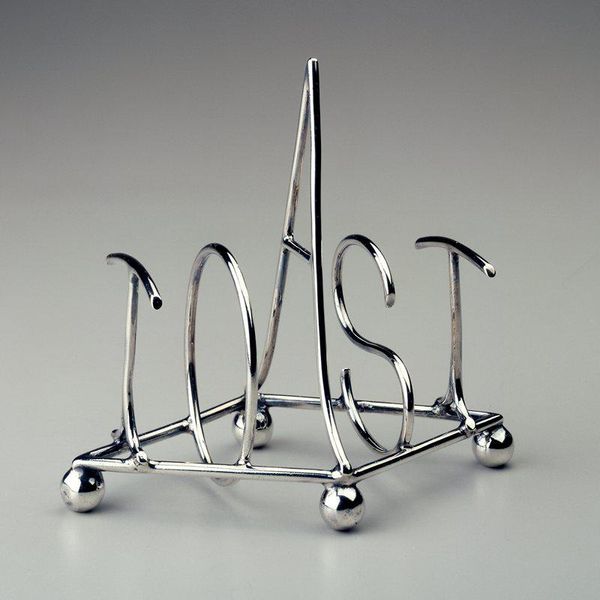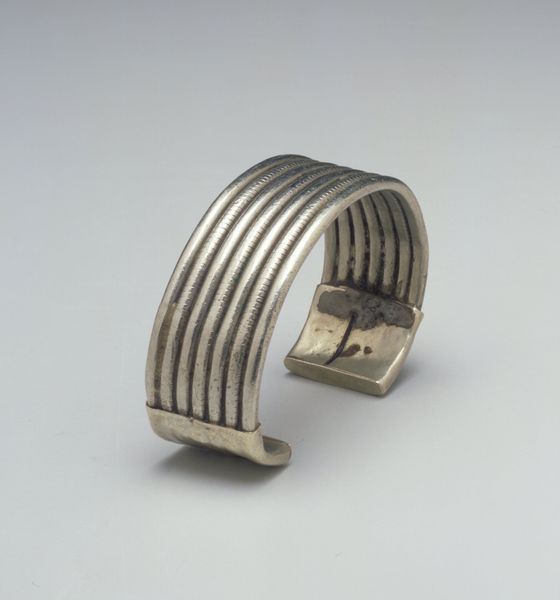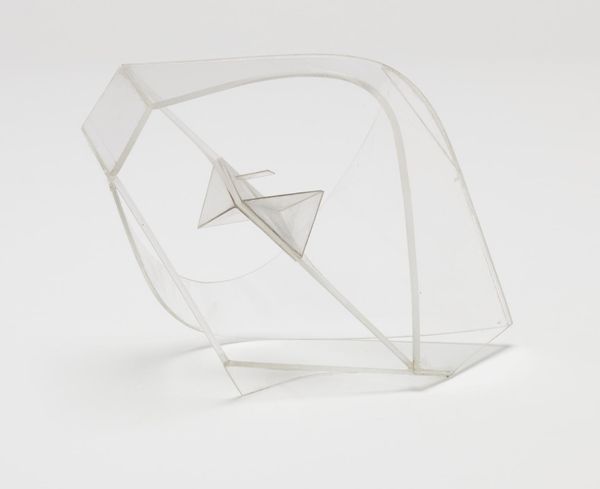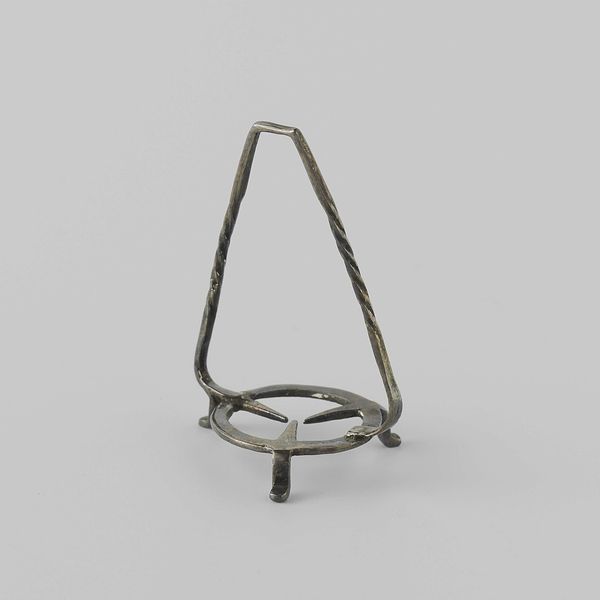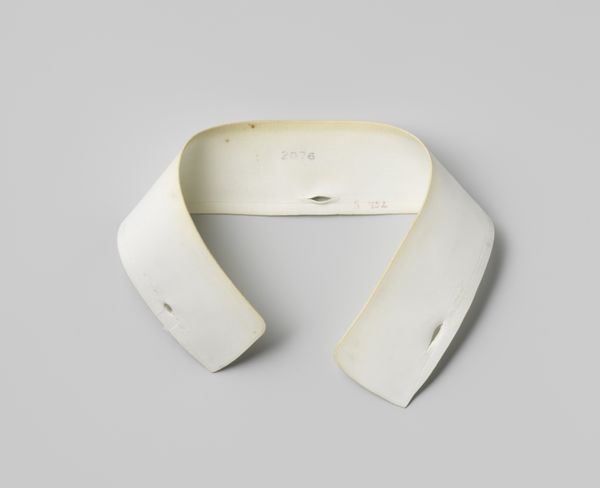
photography, sculpture
#
still-life
#
abstract
#
photography
#
geometric
#
sculpture
#
modernism
Copyright: Katsuhito Nishikawa,Fair Use
Curator: The Katsuhito Nishikawa photograph "Ho San Chu," from 1992, presents a sculptural still-life that immediately evokes modernist ideals. What's your initial reaction? Editor: My eye is immediately drawn to the material qualities— the smoothness, the light playing across its surface. There's a tactile coolness conveyed, even through the photograph, highlighting process. It seems incredibly fabricated. Curator: Absolutely. Understanding Nishikawa's cultural background helps us to deconstruct that smoothness. His work frequently grapples with the intersections of identity and geometric forms. It suggests the constraints of culture on identity itself, or even the fragility. Editor: But considering how sculpture challenges conventional art boundaries by focusing on industrial production techniques... that fabricated coolness represents mass production, possibly referencing Japan’s involvement in trade or manufacturing? The geometry, rather than constraint, is reflective of post-war innovation. Curator: That reading feels…optimistic. But that idea overlooks the lingering effects that Western expansion has in non-Western markets, even contemporary Japanese identities. To say the geometries are simply innovation overlooks power and inequity that mass production upholds through means like consumer culture, waste, and cheap production. Editor: Perhaps the point of friction isn’t about inequity at all, but the inherent constraints that shape Japanese visual art through geometric design. It would be important to consider Nishikawa's training as a photographer—the composition highlights material through angles, shading, etc. In this way, his visual style is as much about sculpture as the lens used to photograph the artwork, right? Curator: Yes. By documenting it, the photographic lens is really how its geometric form and symbolism takes root in a wider context. Editor: I see that more clearly now; the method used and photograph itself underscores the visual material quality of Japanese design, one made to travel beyond its national borders, one that reflects its geometric structures through light and production... Curator: In viewing that "Ho San Chu", its broader influence can now be properly and respectfully examined, thank you for helping make space for me to re-view that piece.
Comments
No comments
Be the first to comment and join the conversation on the ultimate creative platform.
